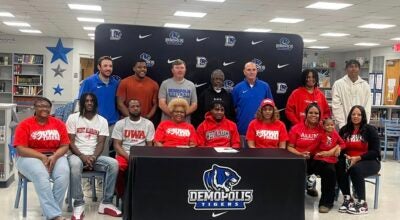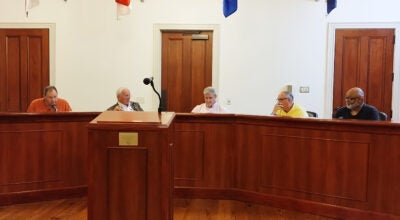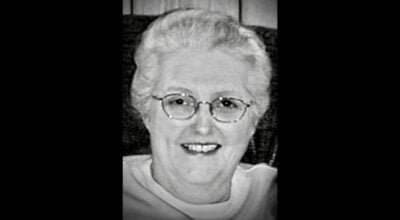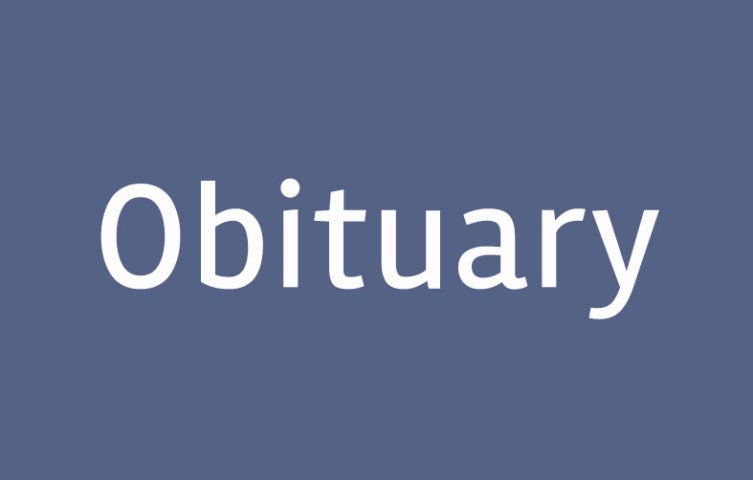DFD training aids in fire scene investigation
Published 5:07 pm Tuesday, March 8, 2011
Amid all of the training and extracurricular specialties the Demopolis Fire and Rescue Department has fostered over the years, it is still crucial for the DFRD to continuously improve its fire combatting skills.
“A lot of people don’t know there are 21 different basic subjects you have to meet in order to be a firefighter,” DFRD assistant chief Carl Johnson said. “Most of our personnel are certified fire instructors. It’s an ongoing process that through your career you try to meet these minimum standards.”
While every member of the department continues to focus on keeping its firefighting skills honed and at the ready, the DFRD is looking at making sure all of its battalion chiefs are equipped as fire investigators.
“I’m trying to bring all battalion chiefs up to that,” Johnson said. Accomplishing such a feat means each battalion chief will need to complete and pass specific curriculum and training requirements in order to receive the necessary certification. The procedures utilized by the DFRD are outlined in the National Fire Prevention Association’s 921 guide, a document Johnson considers the fire investigation bible. The document is part of an effort to standardize the practices and procedures departments use in fire investigation.
“Knowing the systematic approach will assist you in knowing the different style burn patterns,” Talmus Williams, one of the department’s battalion chiefs that just finished the testing for the investigator certification, said.
The training allows the department to have enough knowledgeable, well-trained individuals in its ranks to be able to walk into the site of a blaze and determine the nature, origination and cause of the burn.
“The fire investigator’s class is set up with the fire college to provide you several things to help you figure out what happened,” Johnson said. “It is just a standard that when you get into a large scale event, you have to have a thorough, organized, methodical system.”
Johnson said the process used in investigating fires is important given the often sensitive nature of the information obtained at the burn site.
“Some of these cases end up going to court,” Johnson said. “We’ve tried some arson cases here and had some of them go through. The court system adopted (NFPA) 921 as a standard.”
With the added importance placed on the proper procuring and processing of evidence at a burn site, departments such as the DFRD have had to reevaluate the manner in which they enter a structure and put out a blaze.
“Back when I started, we didn’t do a whole lot of investigations,” Williams said, citing the change in practice as a byproduct of Chief Ronnie Few’s focus on increased and improved training.
“We’re standardizing our training here,” Johnson said. “We need to upgrade our process to be proficient at what we’re doing.”
The sensitive nature of fire investigations have changed the way in which the DFRD fights fires as department members are now more aware of the importance of preservation.
“One concept that really hasn’t changed is wet stuff (water) on the red stuff (fire),” Johnson said. “But we practice more preservation now. We’re also trying to teach our firefighters to know what’s going on around them,” Johnson added. “Every fire scene, we use it. Once we determine with the systematic approach that something is not kosher, we go to the next level.”
The approach outlined by NFPA 921 teaches investigators how to properly gather evidence, take photographs of the burn site and conduct interviews. Johnson, who has been with the department for 24 years, said the business has long required a certain level of intellectual work but the perennially improving standards have changed the mental aspect of the game.
“I think it has always been a mental game,” Johnson said.
“But we went from playing checkers to chess. You have to really have a lot of forethought in the new game we play.”
For the DFRD, that forethought begins long before the first flame is ever born, long before the smoke climbs into the sky, long before the loss of home or life. That forethought has the department equipping its members to combat the blaze and its battalion chiefs to study it.





